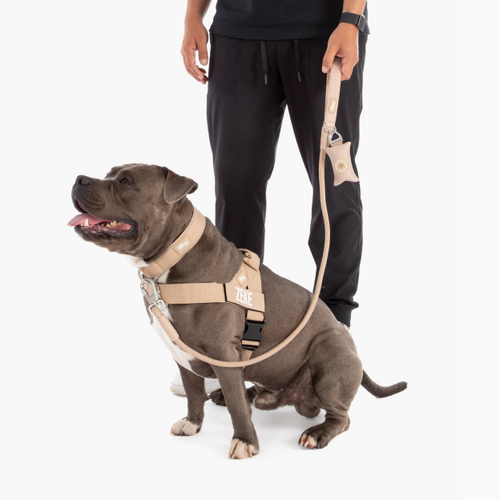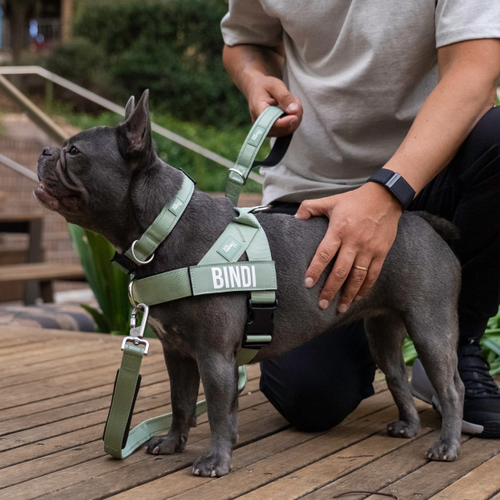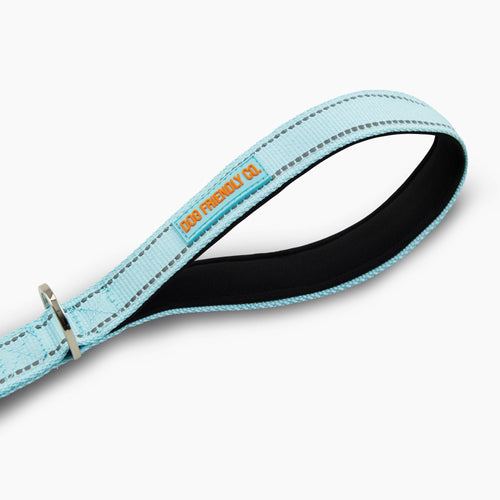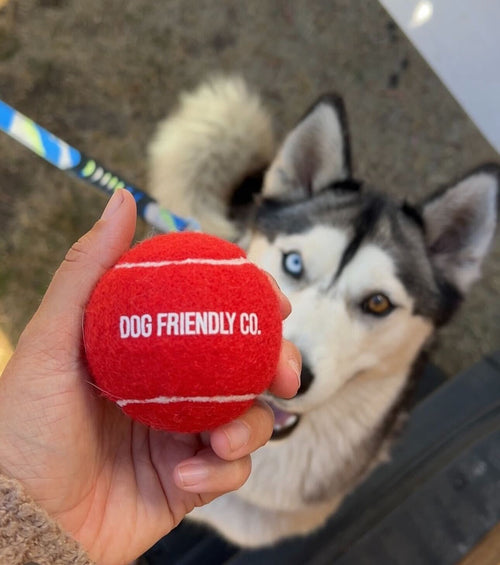
Did you know that dogs can "talk" to us? Not the way we do, but with their bodies. They express emotions through body language, and while Aussie dog owners love their pets, we’re not always able to understand what they’re trying to say.
Learning how they communicate with us is important in strengthening the bond between you and your dog. While every dog's communication method is different, most dogs use similar postures and movements to convey their emotions.
When reading your dog’s body language, keep in mind that their entire body is important in conveying what they mean. For example, a dog wagging its tail doesn't always mean they’re excited, especially if the rest of the body is stiff. Everything from your dog’s ears and facial expression to the placement of their feet help you understand what your dog is trying to tell you.
A Happy Dog
It’s the signature overall loose, waggy posture—the one we all know well and love. The ears are in their natural state, pointy ears stand straight, while floppy ears slightly hang forward. Their eyes are bright and the forehead has no wrinkles.
The mouth is either closed without tension around the lips or open slightly but relaxed. The tail can sway gently or wag in a faster wide sweeping motion. Overall they tend to appear more friendly and overexaggerated, but non-aggressive and comfortable in their environment. Is this your dog’s current disposition?
An Alert Dog
The signs are distributed evenly between all four paws and in the “ready” position assessing their surroundings. They have their ears perked up and forward, for floppy ears it’s more obvious if you look at the base of their ear.
The eyes are wide open and focused with a relaxed forehead. The mouth is closed with no tension at the lips or snout. With the tail slowly wagging straight out and erect. You’ll notice this when they hear a sound outside the house, like a rustling of leaves or the car rolling into the driveway.
A Stressed Dog
Generally tense and slow, notice your dog would be lower to the ground with the hind legs crouched and the tail tucked in or in a slow tight wag. The ears are flat against their head. And the whites of their eyes are visible.
Overall these are what you need to look out for: They mostly avoid eye contact, lick their lips, shake their body as if they were wet, or try to calm themselves down by yawning. This is an important signal to note because that means your dog is stressed.
There is a high chance your dog lacks sleep, so having it calm down in a space that is safe and quiet where they can go to sleep with a comfy bed for your anxious dog could help them relax and fall asleep quicker. If the stress isn’t caused by sleep, it might have been something else. By figuring out the cause of the dog’s stressors we can avoid exposing them to those situations.
An Aggressive Dog
An aggressive dog usually starts out as anxious or fearful and if those emotions continue it eventually leads to aggression. The position of the dog’s ears will depend on what triggered them. A scared dog will have its ears leaning back against its head, while a more assertive dog will have its ears forward or to the sides.
Their eyes will be glued to their stressor with wrinkles across the forehead. There would be tension around the mouth and the teeth would be visible. The tail movements will also depend on what triggered them.
A scared dog would have its tail tucked between its legs while a more assertive dog will have its tail straight above its body or in a tight wag. The dog’s fur might be raised along the shoulders to the base of the spine near the tail. This is commonly called hackles. The dog will be in a tense “ready” stance with minimal movement. Have you ever seen your dog like this? What triggers it?
As a pet owner, you should be able to recognize their common stress signals and body language. A dog that is anxious or stressed for over an extended period of time tends to become physically ill or at worst aggressive due to lack of proper sleep.
As owners, it's our job to keep our pets happy and healthy at all times. The Dog Friendly Co. orthopedic dog bed can help ensure your furbaby gets comfy and uninterrupted sleep. It comes in three different colors and a choice of either small, medium, or large sizes. For quality dog items, trust Dog Friendly, Co.
































































